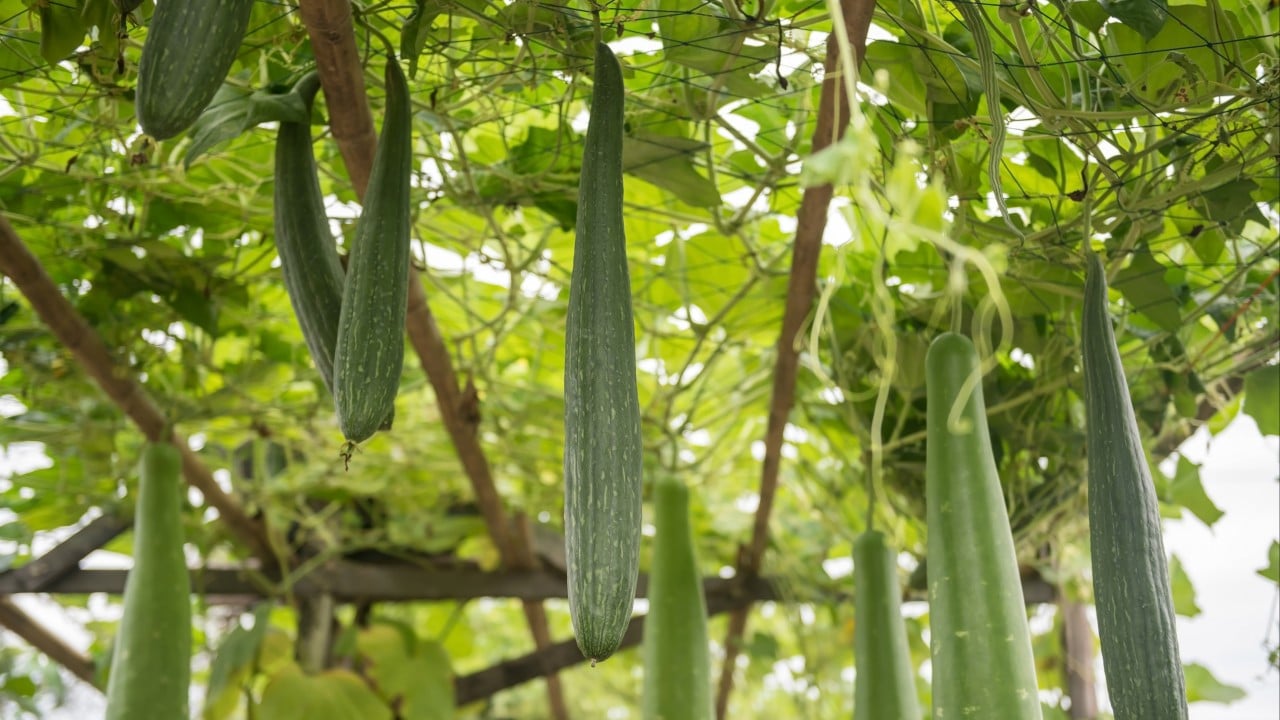Over 2,000 years ago, in a secluded bath chamber along the banks of the Nile, Queen Cleopatra of Egypt may have reached for an unlikely luxury: a fibrous, spongelike gourd – the loofah.
This porous plant was prized by ancient Egyptian royalty as a natural exfoliant, a symbol of purity and refinement. Light as a feather, yet strong and intricately structured, the loofah scrubbed away impurities – both physical and spiritual – in rituals that blended hygiene with holiness.
Today, this unassuming vegetable – Luffa cylindrica – is once again stepping into the spotlight as a powerful weapon shield in the silent battle of electronic warfare.
Advertisement
In a peer-reviewed study published in the journal High Power Laser and Particle Beams, a team of scientists from the People’s Liberation Army (PLA) and China Aerospace Science and Industry Corporation (Casic) has transformed the loofah into a next-generation stealth coating capable of shielding advanced aircraft from the most formidable threat in modern warfare: space-based radar satellites.
For decades, stealth aircraft like the American F-22 Raptor and B-2 Spirit relied on shape-shifting designs and radar-absorbing materials to shrink their radar cross-sections (RCS) – sometimes down to the size of a bird. But technology has caught up.
Advertisement
China’s deployment of a revolutionary low-Earth-orbit radar satellite constellation has changed the game.

